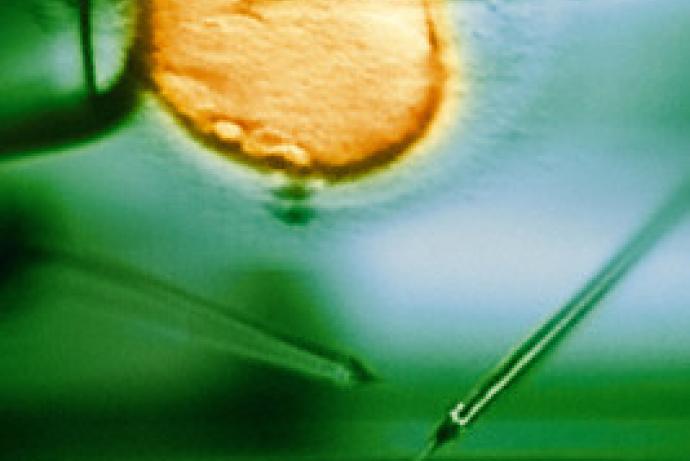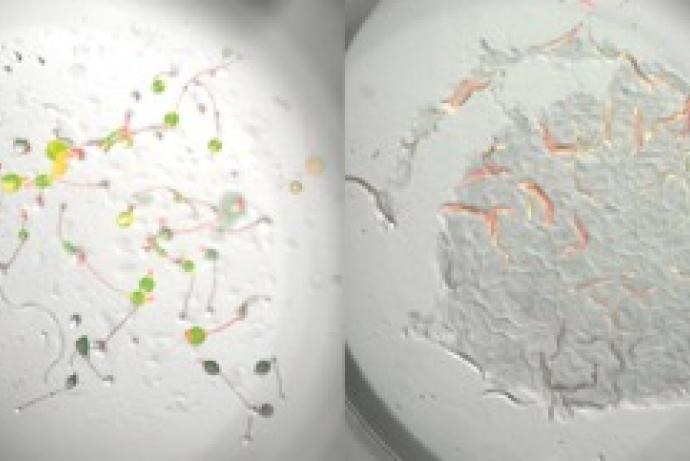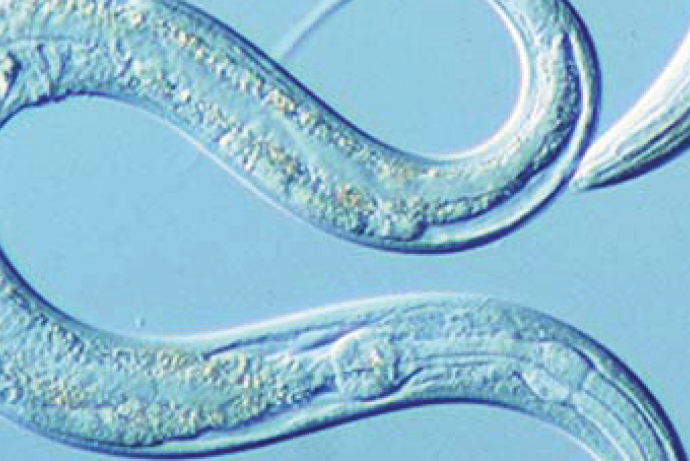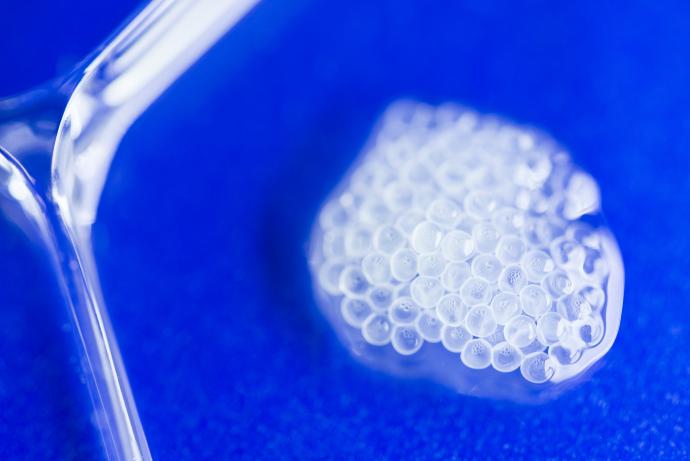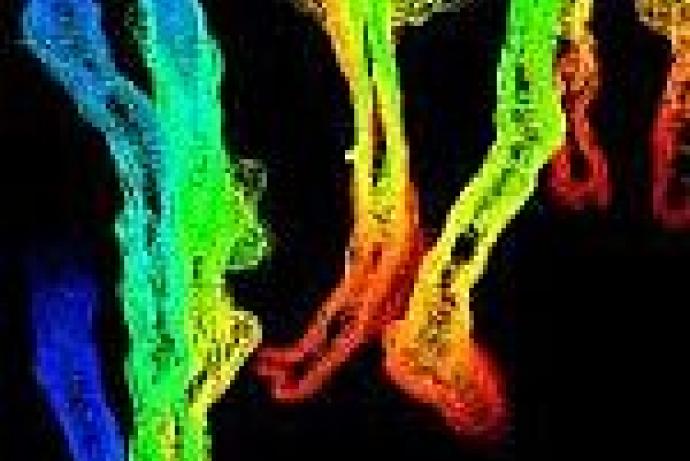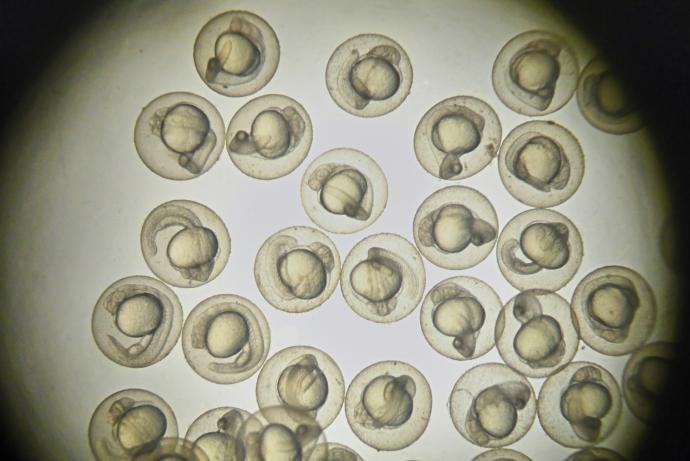DARTpaths
The aim of this Challenge was to develop a data strategy and supporting data management structure to properly integrate available information on the relation between specific genes and specific physiology, or specific compounds and specific effects, for model organisms to include human, mouse, rat, rabbit, zebrafish, fruitfly, nematode and D. discoideum.
To address the DARTpaths Challenge, a team led by by Professor Raymond Pieters from the University of Applied Sciences Utrecht created an integrative platform for the assessment of developmental and reproductive toxicology (DART). The technology was commercialised by Vivaltes B.V. and is available to users as the Xpaths platform.
Business Growth Scheme awarded
The team at Vivaltes Ltd have been awarded £50k through the Business Growth Scheme to support the commercialisation of the in silico DARTpaths platform , developed to solve the DARTpaths Challenge.
Challenge completed
Through the DARTpaths Challenge, the team at University of Applied Sciences Utrecht (UASU) developed an integrative platform for the assessment of developmental and reproductive toxicology (DART).
Publication
van der Voet M et al. (2021). Towards a reporting guideline for developmental and reproductive toxicology testing in C. elegans and other nematodes. Toxicology Research 10(6): 1202–1210. doi:10.1093/toxres/tfab109
Conference presentation
Society of Environmental Toxicology and Chemistry Asia-Pacific 2018 (Daegu, South Korea)
Phase 2 awarded
A team led by Professor Raymond Pieters from the University of Applied Sciences Utrecht (UASU) has been awarded £1 million to deliver the project: Alternative testing through in silico DART prediction.
Phase 1 awarded
Three Phase 1 Awards were made to project teams led by:
- Dr Paul Andrews, SimOmics Ltd, £99,606.
- Dr Barry Hardy, Douglas Connect GmbH, £99,834.
- Professor Raymond Pieters, University of Applied Sciences Utrecht (UASU) £100,000.
Challenge launched
Sponsored by Shell and Syngenta, the DARTpaths Challenge aims to develop a data strategy and supporting data management structure to properly integrate available information on the relation between specific genes and specific physiology, or specific compounds and specific effects, for model organisms to include human, mouse, rat, rabbit, zebrafish, fruitfly, nematode and D. discoideum.
Background
Developmental and reproductive toxicity (DART) testing assesses the potential effects of new chemicals on adult fertility and sexual behaviour, embryo implantation and the development of the foetus. These studies use large numbers of animals (primarily rats and rabbits), are expensive and time consuming, and the relevance to humans of effects seen in these studies is not always clear.
In recent years, there has been increasing interest in using cell-based, non-mammalian and computational approaches to improve our ability to predict chemicals with DART potential. This has coincided with the development of the Adverse Outcome Pathway (AOP) concept which links molecular initiating event(s) (MIE) caused by a chemical interaction at a molecular level, with adverse effects in an organism or population through a scientifically proven set of biochemical pathways. Advances in this area could enable the prediction of an adverse outcome within an organism in the absence of animal studies.
However, the current understanding of DART AOPs is incomplete and, potentially, many mechanisms could result in DART effects (see National Research Council, 2000 and Appendices 1 and 2 for a partial list of potential MIEs and the processes they participate in that, if perturbed, may cause DART effects). Integrating DART data generated in human cells (ToxCast program; Lamb et al., 2006) and alternative non-mammalian model organisms (e.g. zebrafish, C. elegans, D. discoidium) (van der Laan et al., 2012; PREDART, 2012) in DART-specific AOPs may improve the translation of data generated in these systems to effects in humans. With many of the related mechanisms and developmental routes assumed to be shared, at least in part, by most eukaryotic species, the expectation is that a common response measured at the molecular level can be translated to a molecular response in human and thus more easily, to a properly predicted effect in human.
The key to unlocking the potential of these alternative test systems is to understand the conservation of key pathways across different species, including non-mammalian models, conventional mammalian test species and humans, and to identify and link genes with the same function and role in driving DART between organisms. The challenge here is to develop an approach to integrate the available information on the relation between particular genes and particular physiology in the various model organisms and the mapping of those relations between model organisms in functional AOPs.
3Rs benefits
DART testing requires the use of large numbers of animals. An OECD 414 prenatal development test requires ~800 rats, and ~900 rabbits for a second species test. An OECD 443 extended one generation test requires ~1400 rats for a minimal basic design, i.e. no cohorts and extension to F2 generations.
Currently, there is no overall systematic approach (to enable data mining or query ‘what if’ questions) to assess the species relevance, usefulness and applicability domain of the available model systems (conventional in vivo mammalian animal models and alternative non-mammalian systems) used to assess DART. Therefore key questions such as those listed in appendix 3 often remain unanswered, requiring companies to use conventional regulatory animal DART tests. Reliably linking data of specific genes with specific responses between organisms is essential to the development of reliable alternative non-mammalian DART test systems, as well as defining the applicability domains of these models.
Addressing this Challenge offers the following 3Rs benefits:
- A reduction in the number of regulatory studies carried out in animals by using alternative non-mammalian test systems to pre-screen compounds for DART, allowing better compound pre-selection and at the same time providing a better insight into the mode of action of tested compounds.
- In the longer term, as more information is gathered about the applicability domain of the alternative non-mammalian test systems, there may be an opportunity to replace animal studies with alternative non-mammalian studies.
- Although this Challenge focuses on DART, the work conducted and the strategy developed could impact other areas of toxicology, pharmacology and chemical development, potentially increasing the 3Rs impact substantially.
Phase 1 winners
- Dr Paul Andrews, SimOmics Ltd, £99,606.
- Dr Barry Hardy, Douglas Connect GmbH, £99,834.
- Professor Raymond Pieters, University of Applied Sciences Utrecht (UASU), £100,000.
Phase 2 winner
Project team led by:
- Professor Raymond Pieters, University of Applied Sciences Utrecht (UASU), £1 million.
Full Challenge information
Assessment information
An in silico platform to identify and analyse DART pathways
The team at Vivaltes B.V. have created an integrative platform for the assessment of developmental and reproductive toxicology (DART).
The DARTpaths in silico platform contains a collection of algorithms called Xpaths that predict compound-induced molecular mechanisms of action by integrating phenotypic endpoints of different species. The platform then proposes follow-up tests to validate these pathway predictions using model organisms. DARTpaths has a user-friendly interface and can be installed locally. Enterprise support is available from Vivaltes and Open Analytics for installing, customising and extending the dashboard and algorithms.
The Xpaths algorithms have been published [1] and the complete code from the DARTpaths platform is available under the Apache 2.0 licence on GitHub [2]. The natural language processing models developed for the tool are also available to install as a Python packages [3-4]. An outline of the data streams of the DARTpaths platform is shown below:

Schematic of the DARTpaths workflow.
Features




Access the technology
From more information and to preview the DARTpaths platform, including a tutorial and case study, visit the Vivaltes website.
References
- Bhalla, D., Steijaert, M. N., Poppelaars, Eefje. S., Teunis, M., van der Voet, M., Corradi, M., Dévière, E., Noothout, L., Tomassen, W., Rooseboom, M., Currie, R. A., Krul, C., Pieters, R., van Noort, V., & Wildwater, M. (2022). DARTpaths, an in silico platform to investigate molecular mechanisms of compounds. Bioinformatics.
- https://github.com/Xpaths
- https://tox-nlp-hu.s3.eu-west-2.amazonaws.com/en_tox-0.1.0-py3-none-any.whl
- https://github.com/Xpaths/PhenoTagger_MP
